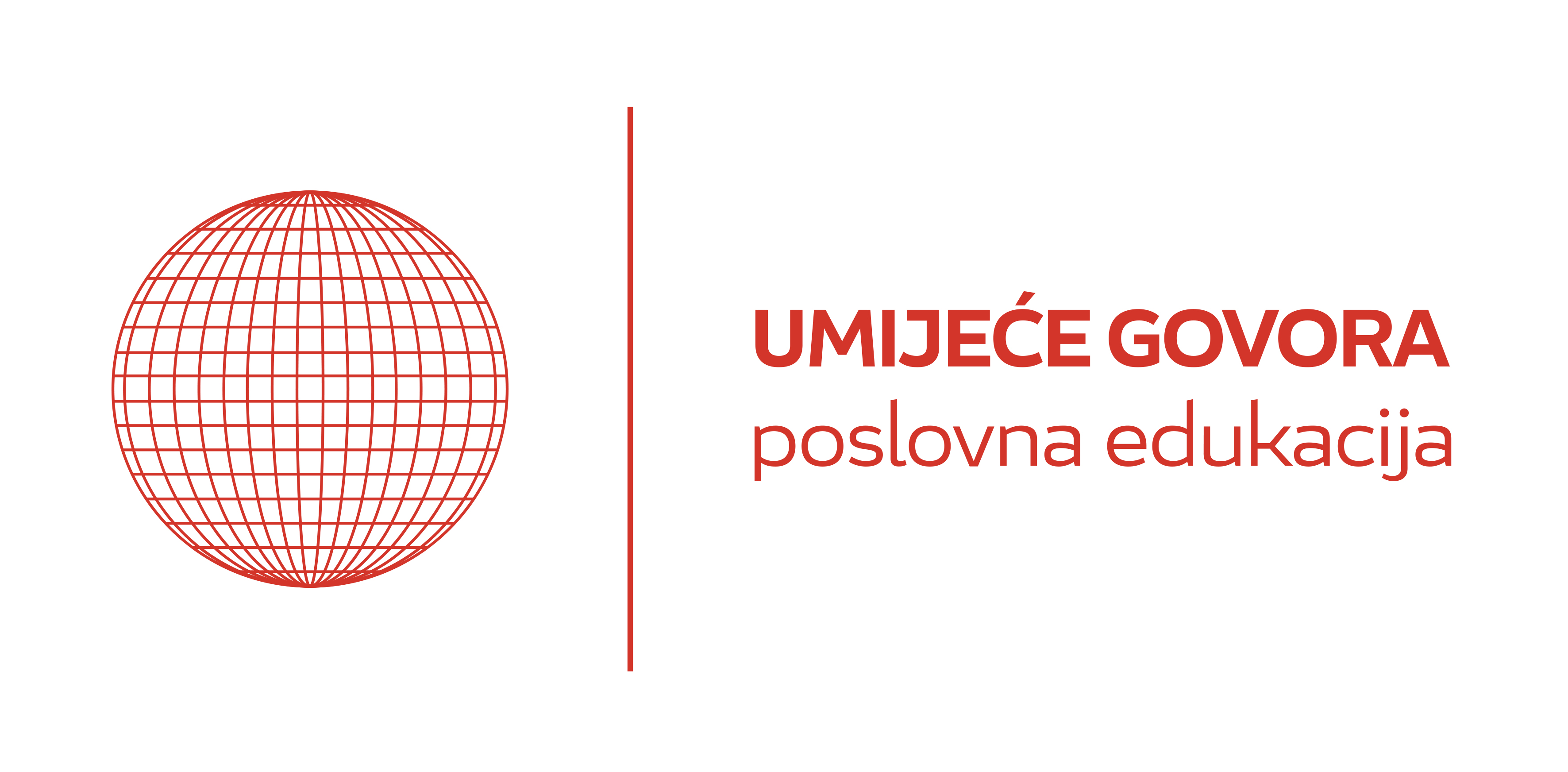Business Communication Trends
Jagoda Poropat Darrer
Business Communication Trends
Objavljeno u časopisu Diplomacy and Commerce
New role of communications in the global business environment requires modern and constantly changing technologies which bring both advantages and drawbacks
In an economy where business activities center on knowledge, information and services, language and communication become part of people´s job, something they may be remunerated for (Bargiela-Chiapini, 2009). Our ability to consistently achieve service excellence is linked to our ability to transfer information without significant loss in the semantic value – we need to transfer information as it was intended.
To influence or persuade it is necessary to constantly adapt the message of the communication strategies to the audience through personal as well as through technological means. The most promising of them, as states chanty.com, are VR, AR and 5G, which are potentially able to maximally reduce the cost of deploying a business with dispersed human resources. As for the AI, applications based on this concept are becoming more and more advanced every year, so very soon we will be able to expect the release of software solutions for businesses that can completely replace a number of real employees for the organization. The concept of Internet of Things, which was applied primarily in the industrial and logistics industries before, gradually began to enter the sphere of business communications. So, using different types of wireless connection (WIFI, GPRS, WiMAX, Bluetooth, etc.), mobile device users can keep in touch anywhere in the world where GSM networks are available. In addition, IoT allows business owners to provide full awareness of how your business processes are implemented. In particular, the M2M technology, which is accompanying IoT concept, provides the ability to collect critical business data on an ongoing basis. Furthermore, there are some activities to be taken in consideration when speaking about BC trends. For example, social listening that means monitoring social media channels and analyzing its findings. It is widely used by brands but it’s not only companies who need to listen to people. Institutions and organizations should do this too. Communications is not only about posting the message but also about listening to people and engaging in discussions. Organizations will be struggling with low or no engagement and this is largely due to the lack of social listening. Influencer marketing is not only about celebrities or big names from most popular industries. Now it’s all about micro-influencers – common bloggers who have built an engaged community. This type of collaboration has proven to be even more effective recently, thus, it is much more affordable for non-profits institutions. Storytelling will be the key element for organizations, institutions and individuals to survive in the online space. You can spend a huge budget on ads, you can implement the latest developments but if you are not able to tell people a story, they won’t be there with you (ispeakcomms.eu). Apparently, 200 million Instagram users use Instagram Stories each month. The stories format is now overtaking the News Feed layout. Facebook has recently announced stories will overtake the News Feed as the default for content consumption soon. Storytelling makes you gain followers, build trust and connections.
Although, as Pikhart (2014) states, current technologies are widely used without realizing potential problems regarding proper information transfer on a managerial level. It has been postulated that realizing these pitfalls and drawbacks could increase company communication efficiency. The same Pikhart study shows many drawbacks such as “abundance of emails – 75% of interviewed managers complained about 20-50 irrelevant and distracting emails sent to them every day just because of being in the mailing list or because these emails were FYI; videoconferencing anxiety – we have discovered deep fear in 43% of top and middle managers from any kind of videoconferencing when the manager´s language knowledge was not on such a high level; presentations without giving a presentation – 38% complained about being sent an email with a lengthy presentation as an attachment (with more than 50 slides) intended just to be read but not presented; communication breakdowns – both parties attribute different meanings to what has been said assuming that the other party understood the same as they had intended.”
Global companies are increasingly adopting new strategies striving to be more successful in the communication based global market of these days. Organizational viability will ultimately depend on the knowledge, skills, abilities, and attitudes of employees (Eckert, 2006). Communication competence is seen as the prerequisite for any business, communication and information transfer encounters.
Poropat Darrer, J. „Business Communication Trends“, objavljeno u časopisu Diplomacy and Commerce, rujan, 2019. godine





